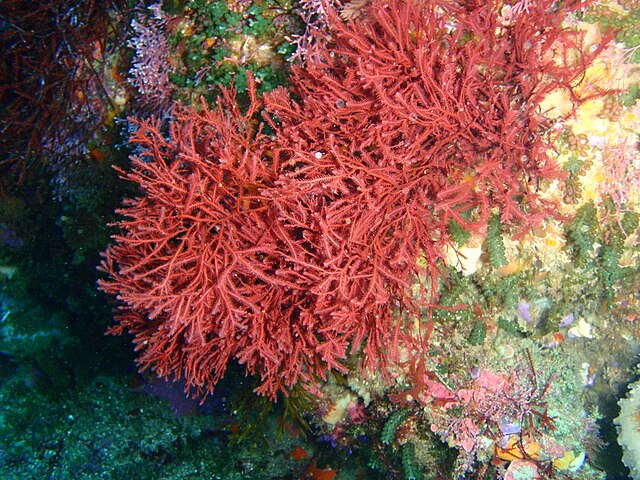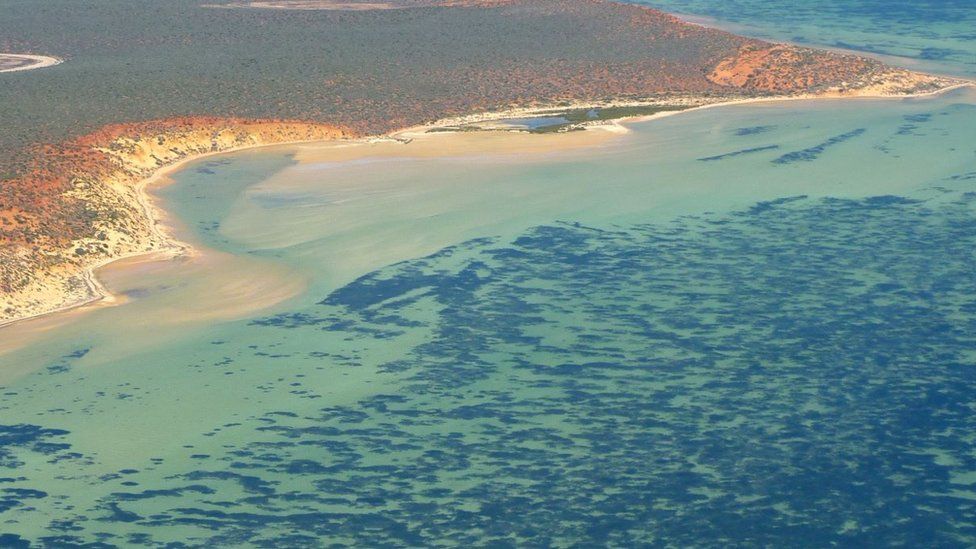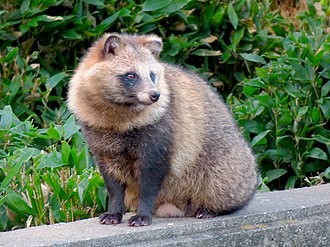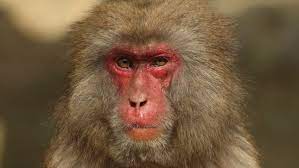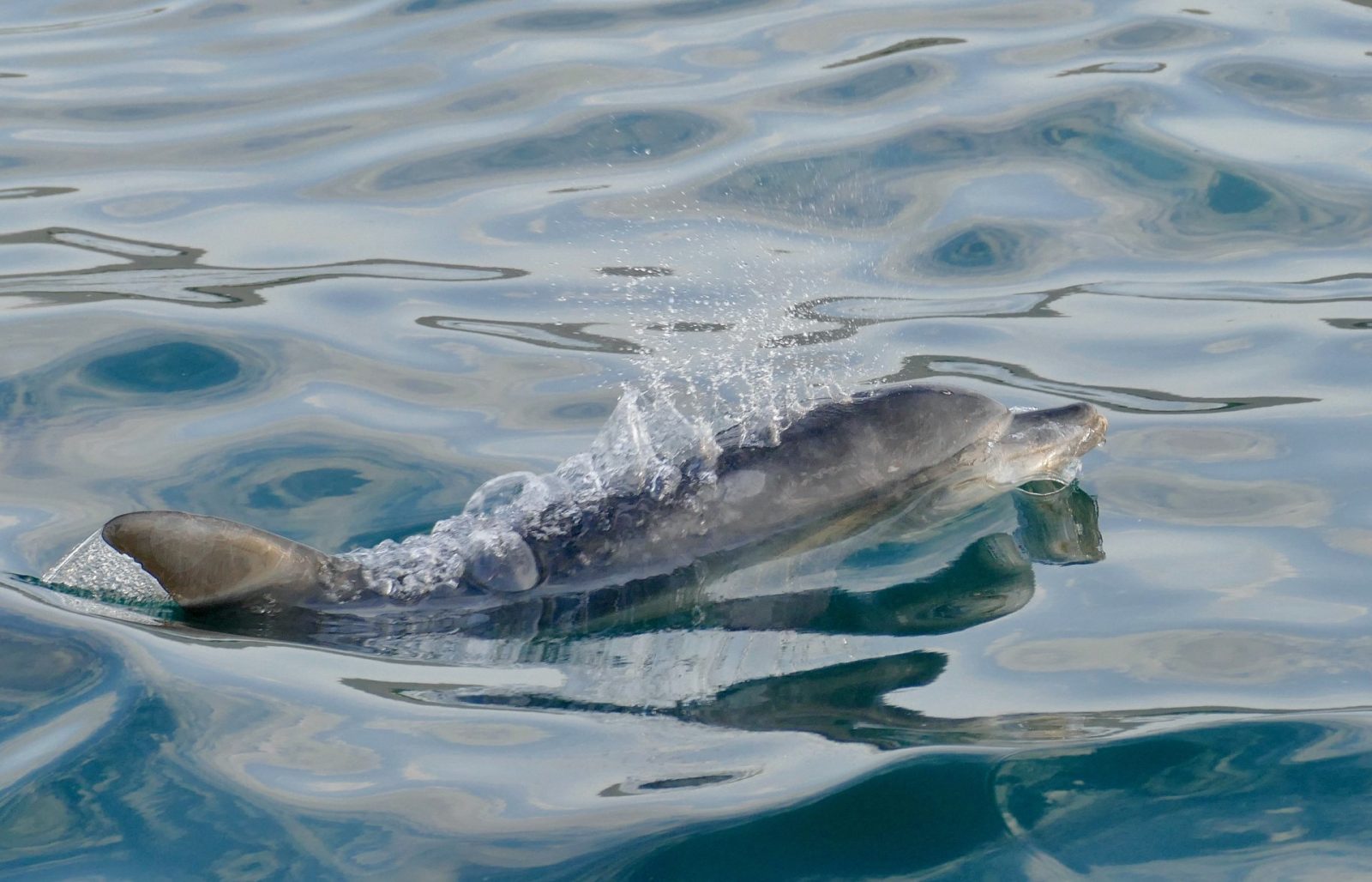
Indo-Pacific Bottlenose dolphin
The Indo-Pacific bottlenose dolphin is a species of Bottlenose dolphin. This dolphin grows to 2.6 m long, and weighs up to 230 kg . It lives in the waters around northern Australia , South China, the Red Sea, and the eastern coast of Africa. Its back is dark grey and its underside is lighter grey or nearly white with grey spots. The Indo-Pacific bottlenose dolphin is usually smaller than the Common bottlenose dolphin, has a proportionately longer Rostrum, and has spots on its belly and lower sides. It also has more teeth than the common bottlenose dolphin — 23 to 29 teeth on each side of each jaw compared to 21 to 24 for the common bottlenose dolphin.
Much of the old scientific data in the field combine data about the Indo-Pacific bottlenose dolphin and the common bottlenose dolphin into a single group, making it effectively useless in determining the structural differences between the two species. The IUCN lists the Indo-Pacific bottlenose dolphin as “near threatened” in their Red List of endangered species.
Until 1998, all bottlenose dolphins were considered members of the single species Tursiops truncatus. In that year, the Indo-Pacific bottlenose dolphin was recognized as a separate species. Both species are thought to have split during the mid-Pleistocene, about 1 million years ago. Some evidence shows the Indo-Pacific bottlenose dolphin may actually be more closely related to certain dolphin species in the Delphinus (genus), especially the “Atlantic spotted dolphin”, than it is to the common bottlenose dolphin. However, more recent studies indicate that this is a consequence of reticulate evolution (such as past hybridization between Stenella and ancestral Tursiops and incomplete lineage sorting, and thus support truncatus and T. aduncus belonging to the same genus. Burrunan dolphin T. (aduncus) australis has been alternately considered its own species, a subspecies of T. truncatus, or a subspecies of T. aduncus. Following the results of a 2020 study, the American Society of Mammologists presently classifies it as a subspecies of T. aduncus. The same study delineated 3 distinct lineages within T. aduncus which could each be their own subspecies: an Indian Ocean lineage, an Australasian lineage, and the Burrunan dolphin. The Society for Marine Mammalogy does not recognize the Burrunan dolphin as a distinct species or subspecies, citing the need for further research. Indo-Pacific bottlenose dolphins are very similar to common bottlenose dolphins in appearance. Common bottlenose dolphins have a reasonably strong body, moderate-length beak, and tall, curved dorsal fins; whereas Indo-Pacific bottlenose dolphins have a more slender body build and their beak is longer and more slender.
Indo-Pacific bottlenose dolphins feed on a wide variety of fish Cephalopod, Squid, researchers looked at the feeding ecology of Indo-Pacific bottlenose dolphins by analysing the stomach contents of ones that got caught in the gillnet fisheries off Zanzibar, Tanzania. Indo-Pacific bottlenose dolphins live in groups that can number in the hundreds, but groups of five to 15 dolphins are most common.
In some parts of their range, they spend time with the common bottlenose dolphin and other dolphin species, such as the humpback dolphin. The peak mating and calving seasons are in the spring and summer, although mating and calving occur throughout the year in some regions. Gestation period is about 12 months. Calves are between 0.84 and 1.5 Meters, and weigh between 9 and 21kg. The calves are weaned between 1.5 and 2.0 years, but can remain with their mothers for up to 5 years, some mothers will give birth again, shortly before the 5 years are up.
In some parts of its range, this dolphin is subject to predation by sharks.
Its lifespan is more than 40 years. Indo-Pacific bottlenose dolphins located in Shark Bay, Australia, have been observed using sponges as tools in a practice called “sponging”. A dolphin breaks a marine sponge off the sea floor and wears it over its rostrum, apparently to probe substrates for fish, possibly as a tool. Spontaneous ejaculation in an aquatic mammal was recorded in a wild Indo-Pacific bottlenose dolphin near Mikura Island, Japan, in 2012. Indo-Pacific bottlenose dolphins have been observed to swim near and rub themselves against specific types of corals and sponges. A team of scientists followed up on this behaviour and discovered metabolites with antibacterial, antioxidative, and hormonal activities in the corals and sponges, suggesting that they might be used by the dolphins to treat skin infections. its near-shore distribution, though, makes it vulnerable to environmental degradation, direct exploitation, and problems associated with local fisheries.
The major predators of this species are typically sharks, and may include humans, killer whales, and sting rays. In the early 1980s, many were deliberately killed in a Taiwanese driftnet fishery in the Arafura Sea, off north western Australia. Large-mesh nets set to protect bathers from sharks in South Africa and Australia have also resulted in a substantial number of deaths. Gillnets are also having an impact, and are a problem throughout most of the species’ range.
These small cetaceans are commonly found in captivity, causing conservation concerns, including the effects of removing the animals from their wild populations, survival of cetaceans during capture and transport and while in captivity, and the risks to wild populations and ecosystems of accidentally introducing alien species and spreading epizootic diseases, especially when animals have been transported over long distances and are held in sea pens.
Bottlenose dolphins are the most common captive cetaceans on a global scale. Prior to 1980, more than 1,500 bottlenose dolphins were collected from the United States, Mexico, and the Bahamas, and more than 550 common and 60 Indo-Pacific bottlenose dolphins were brought into captivity in Japan. By the late 1980s, the United States stopped collecting bottlenose dolphins and the number of captive-born animals in North American aquaria has increased from only 6% in 1976 to about 44% in 1996. South Korea, in the 2010s, environmental groups and animal protection groups led a campaign ko:2013 to release southern bottlenose dolphins illegally captured by fishermen and trapped in Jeju Island.
In a study on three populations of Indo-Pacific bottlenose dolphins in Japan, the characteristics of acoustic signals are believed to be affected by the acoustic environments among habitats, and geographical variation in animal acoustic signals can result from differences in acoustic environments; therefore, the characteristics of the ambient noise in the dolphins’ habitats and the whistles produced were compared. Ambient noise was recorded using a hydrophone located 10 m below the surface and whistles were recorded by using an underwater video system. The results showed dolphins produced whistles at varying frequencies with greater modulations when in habitats with less ambient noise, whereas habitats with greater ambient noise seem to cause dolphins to produce whistles of lower frequencies and fewer frequency modulations. Examination of the results suggest communication signals are adaptive and are selected to avoid the masking of signals and the decrease of higher-frequency signals. They concluded ambient noise has the potential to drive the variation in whistles of Indo-Pacific bottlenose dolphin populations.
Small, motorized vessels have increased as a source of anthropogenic noise due to the rise in popularity of wildlife viewing such as whale watching. Another study showed powerboat approaches within 100 m altered the dolphin surface behaviour from traveling to milling, and changed their direction to travel away from the powerboat. When the powerboat left the area and its noise ceased, the dolphins returned to their preceding behaviour in the original direction.
In Shark Bay, Western Australia, on dolphin behavioural responses showed significant changes in the behaviour of targeted dolphins were found when compared with their behaviour before and after approaches by small watercraft. Dolphins in the low-traffic site showed a stronger and longer-lasting response than dolphins in the high-traffic site. These results are believed to show habituation of the dolphins to the vessels in a region of long-term vessel traffic. However, when compared to other studies in the same area, moderated responses, rather, were suggested to be because those individuals sensitive to vessel disturbance left the region before their study began. Although these studies do show statistical significance for the effects of whale-watching boats on behaviour, what these results mean for long-term population viability is not known. The Shark Bay population has been forecast to be relatively stable with little variation in mortality over time. The Indo-Pacific bottlenose dolphin populations of the Arafura and the Timor Sea are listed on Appendix II of the Convention on the Conservation of Migratory Species of Wild Animals “Bonn Convention”. They are listed on Appendix II as they have an unfavourable conservation status or would benefit significantly from international co-operation organised by tailored agreements. The Indo-Pacific bottlenose dolphin is also covered by Memorandum of Understanding for the Conservation of Cetaceans and Their Habitats in the Pacific Islands Region Adelaide Dolphin Sanctuary “Marine protected area” in the Australian state of South Australia Gulf St Vincent, which was established in 2005 for the protection of a resident population of Indo-Pacific bottlenose dolphins.
When we have links for viewing these species, they will appear below video and the news section
Another attempt to push road transport onto Hydrogen – good for the worlds move to net zero, or a ploy?
- Tim
- April 19, 2024

Another attempt is being made to move the world beyond EVs and onto hydrogen cars. Is this worthwhile? Who is trying to make this happen and why? Lets start by...
The little-known population of Greenland wolves
- Tim
- April 16, 2024
@meline.wildlife Surrounded by 13 wild wolves in the Arctic 🐺
♬ Originalton - Meline.Ellwangerr
The Greenland wolf, is known from remains, to have lived in Greenland for at least 7600...
We cannot plant our way out of climate change
- Tim
- April 14, 2024
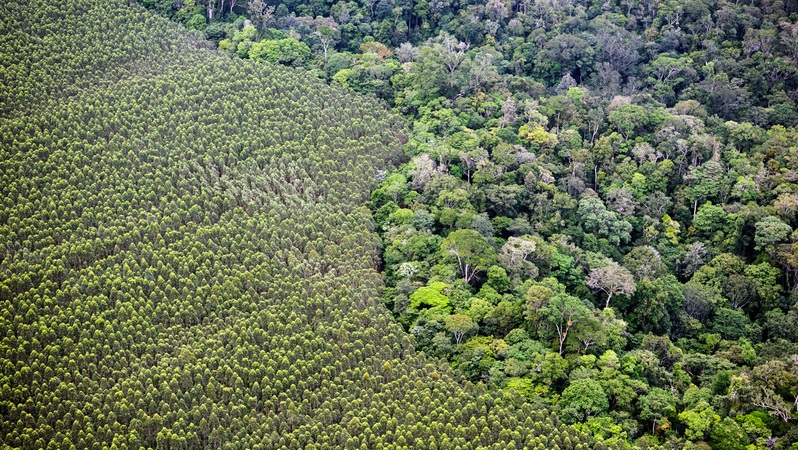
Thomas Crowther was an ecologist whose work inspired many tree planting projects, the problem is that this...
Greenland is loosing 30 million tonnes of ice per year.
- Tim
- April 13, 2024
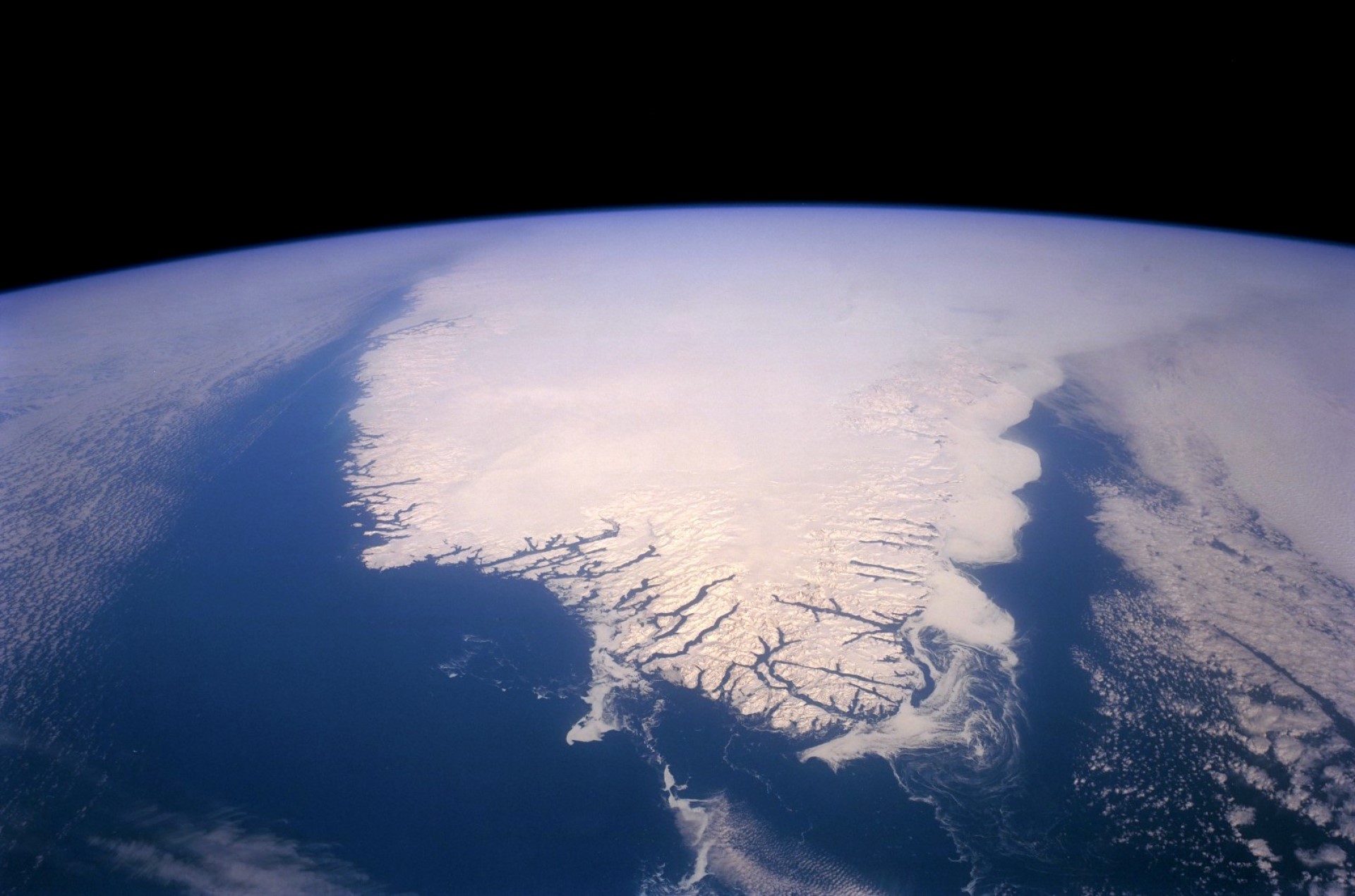
The Greenland ice sheet is melting
The Greenland icesheet is vast, which can bee seen from this image, which had to be taken from space to show the scale.
Greenland...
Birds of prey populations across Africa are collapsing
- Tim
- April 13, 2024
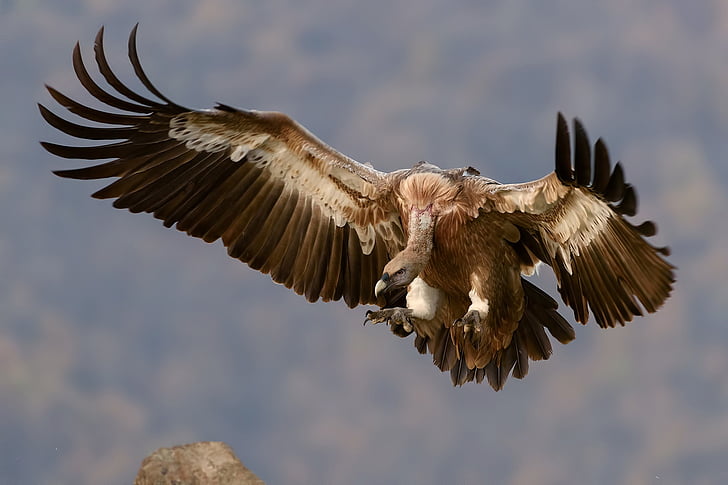
Why are these birds having population collapse?
- Martial eagle
- Bateleur eagle
- Dark chanting goshawk
are all disappearing rapidly. Indeed, a study of 42 species, 90% had seen significant declines, with...
Mountain goats are rapidly becoming nocturnal due to the heat: impacts?
- Tim
- April 12, 2024
Just bare in mind, with the video above, if you have problems with heights, the view when you start the video above will not be pleasant.
So, if you...
Should pest animals be put on the ‘pill’ rather than culling them?
- Tim
- April 11, 2024
Increasingly, scientists are coming up with simple ways to avoid wildlife pregnancies through medication in food. In the UK...
What is Trumps views on climate change, anyway, and where is the USA currently on its emissions reduction
- Tim
- April 10, 2024

Apologies for those who think that this is covered too much on this website - I to would like to...
Donald Trump is on the ballot once again. What threat does he pose? Is he of interest to the rest of the world?
- Tim
- April 6, 2024

Some of us find politics fascinating, some do...
Worlds largest iceberg broke free in November, stuck on the ocean floor for over 30 years
- Tim
- April 5, 2024
Covering 1500 square miles, the iceberg grounded in 1986 on the ocean floor, but now it is free it is heading into the Southern ocean.
Carving like this, is quite...
Wind-turbines on a track? cheaper even than other forms?
- Tim
- April 4, 2024
Above, is an interesting video done by one of the more popular youtubers in this space. It looks at a fascinating new idea about how we could harness the...
Orangutan killings in Borneo still likely common
- Tim
- April 3, 2024
There is a serious problem in Borneo, that appears to be largely flying under the radar.
A survey of villages found that 30% of villages had evidence of orangutan...
Should wolf hunting return to Western Europe?
- Tim
- March 28, 2024
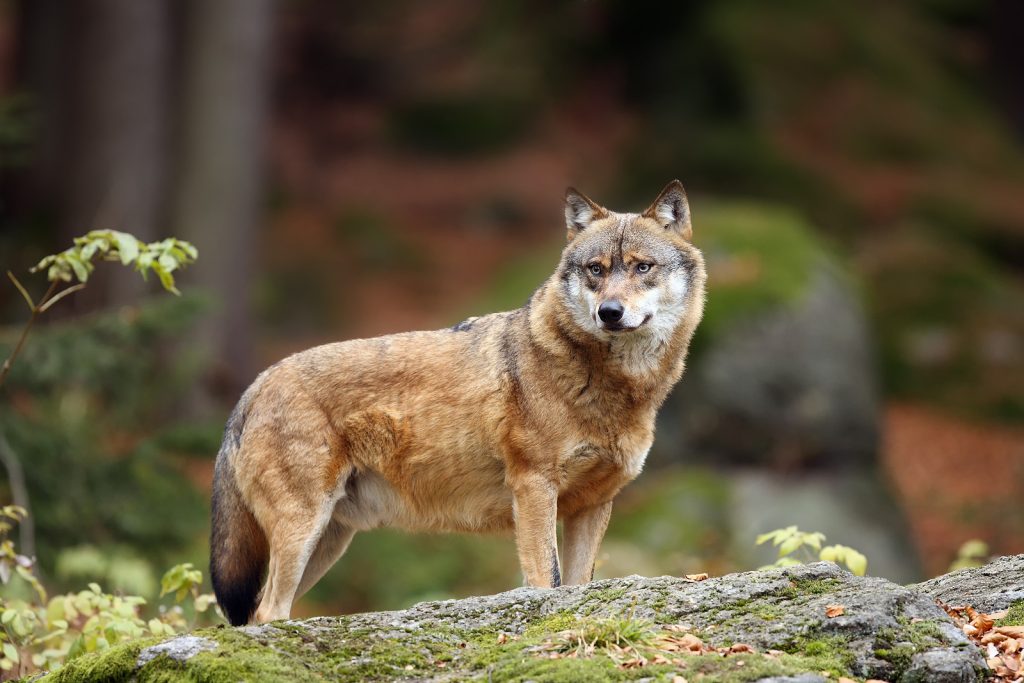
Wolves still exist in large...
Indonesia to start a study to see whether the Javan Tiger is actually extinct (44 years after it was declared so)
- Tim
- March 27, 2024
I wrote a few moths ago, about a picture taken in Java, which purported to show a living Javan tiger. As with many similar photos, it was of low resolution,...
Scientists think they know what wiped out the largest ever ape (a huge species of Orangutan)
- Tim
- March 26, 2024
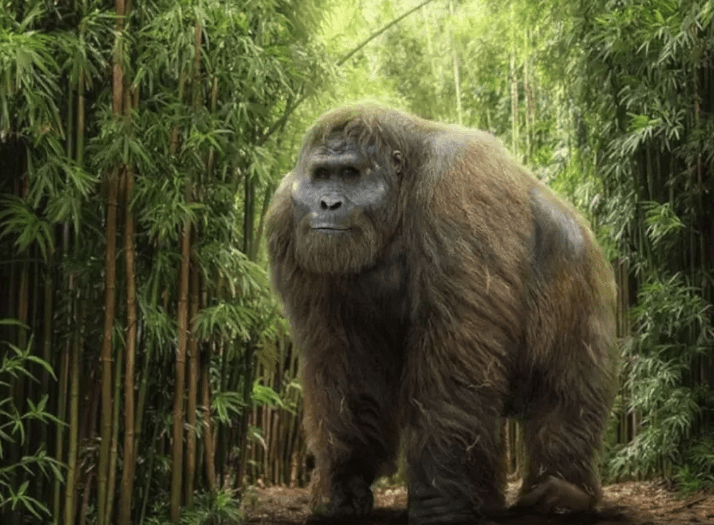
Thought to have gone extinct 295,000 and 215,000 years ago, having first appeared around 2 million...
Should wolves in Europe have their conservation downgraded? Are they really stable enough to be hunted again
- Tim
- March 22, 2024
The European commision has proposed downgrading the protection of wolves from their current strictly protected, but it has been suggested that this is not based on any science.
A total...
The telegraph has put out an article suggesting that homegrown food has 5 times greater carbon footprint than conventional: is that right? Should we all end our allotments?
- Tim
- March 21, 2024

The study that the article is based...
Personal update!
- Tim
- March 21, 2024
I have been ill, which is why the blog has been quiet for the last few weeks. We are continuing to work on various things, and we hope increasingly, for...
Tiger mother with cubs, sighted in Thailand!
- Tim
- March 13, 2024
Thailand is only thought to have around 120 tigers (as of a photo count last year, but this is up from 100 in 2022). This is a significant reduction on...

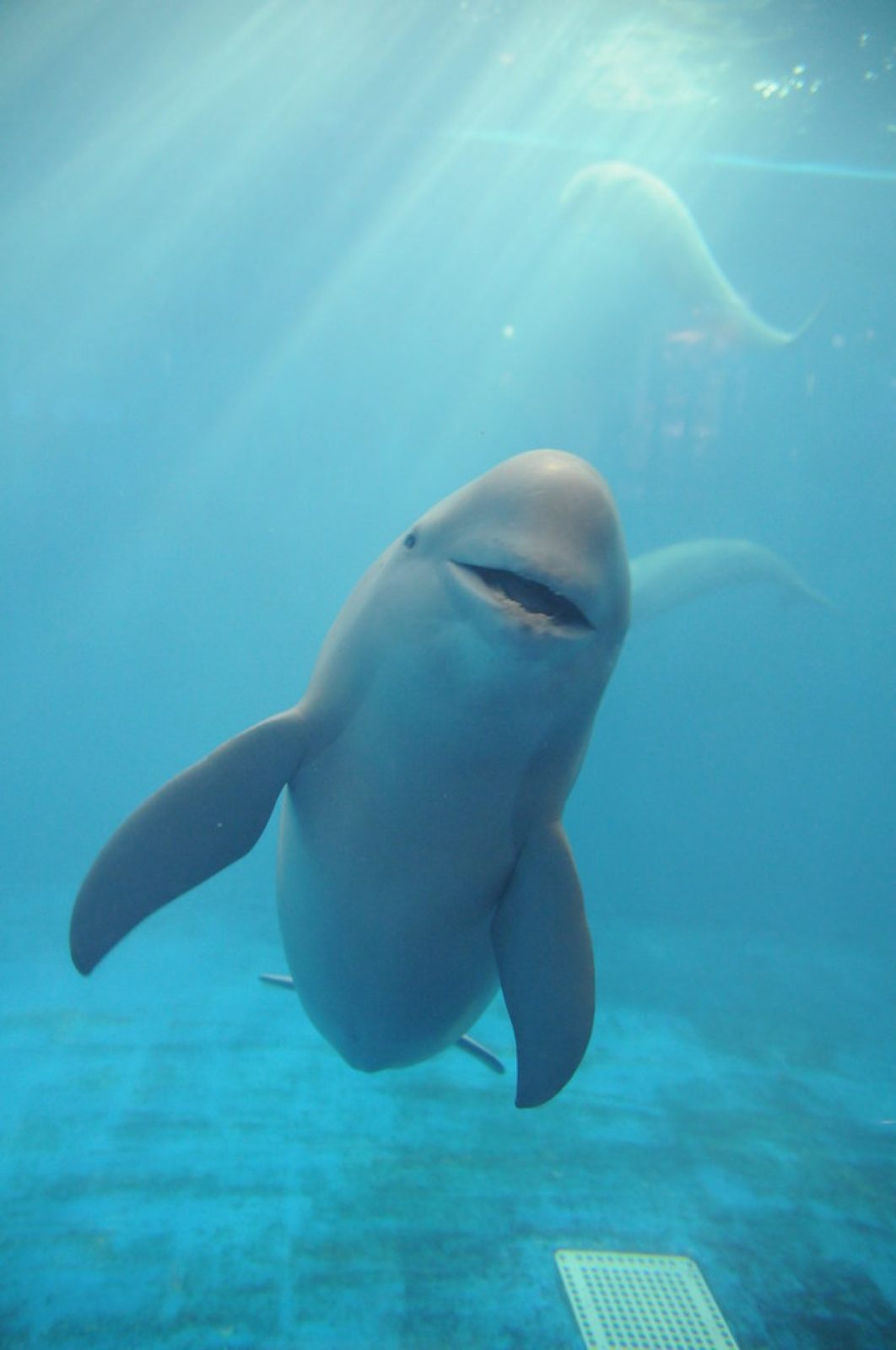
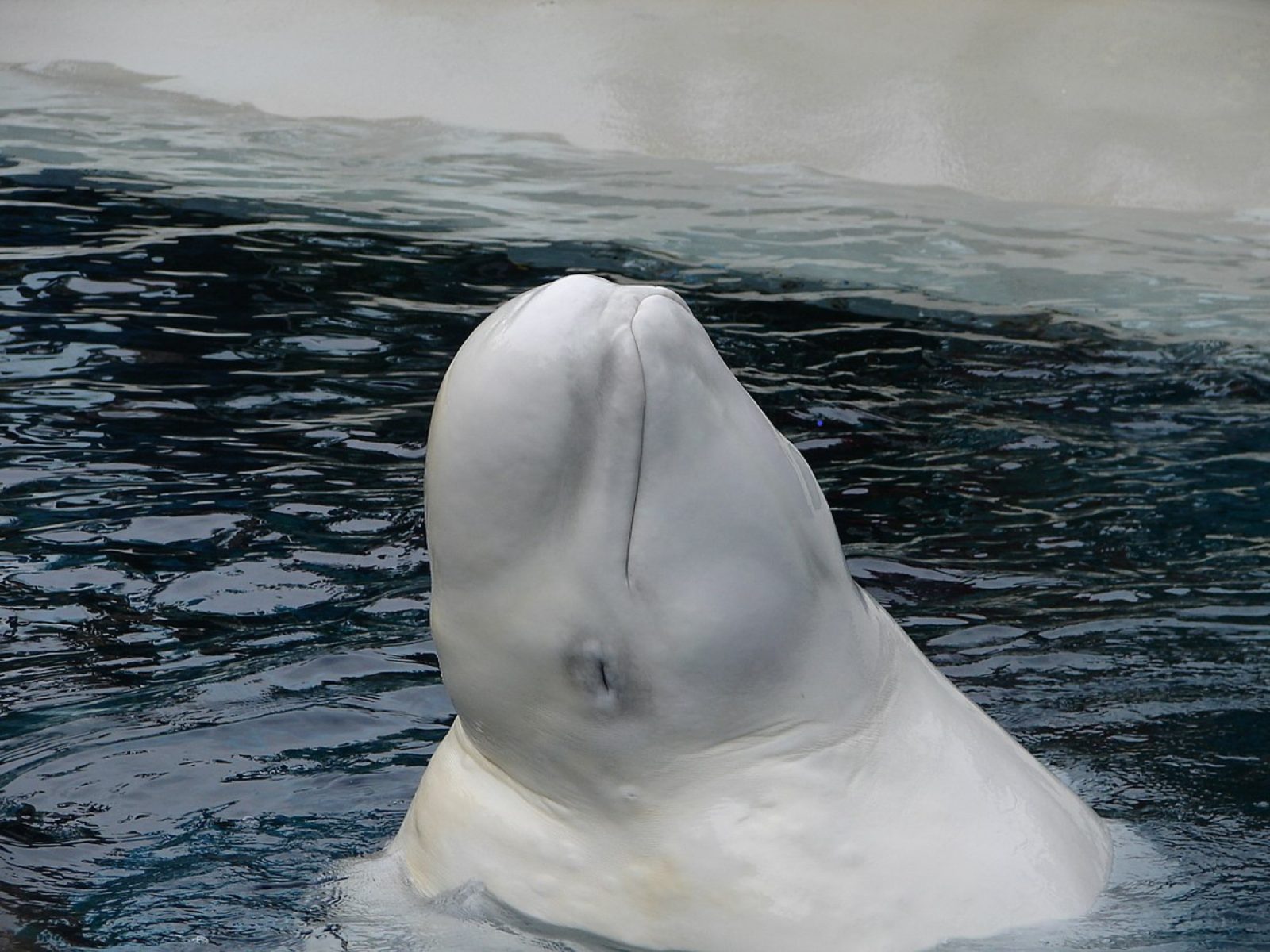
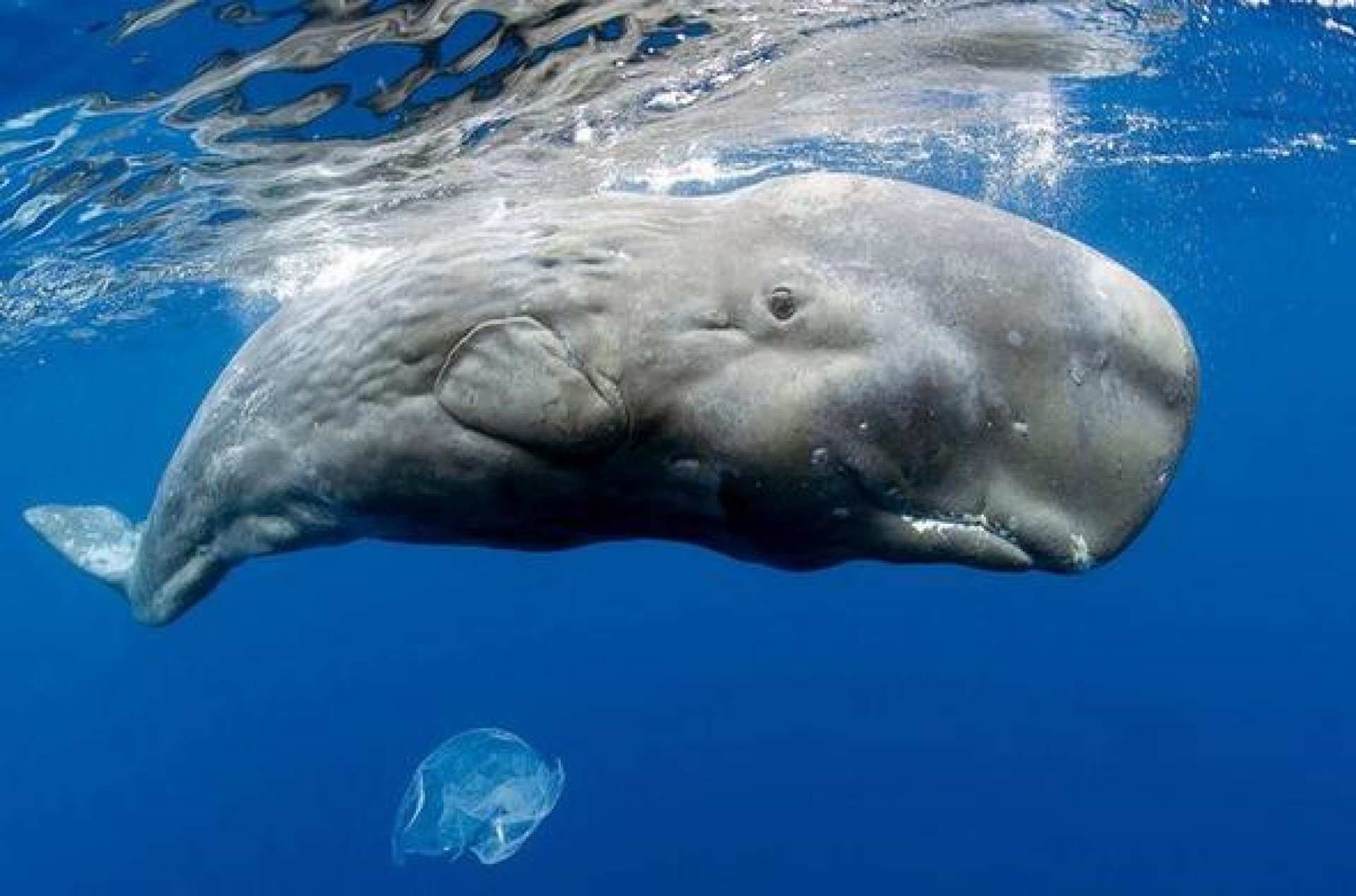
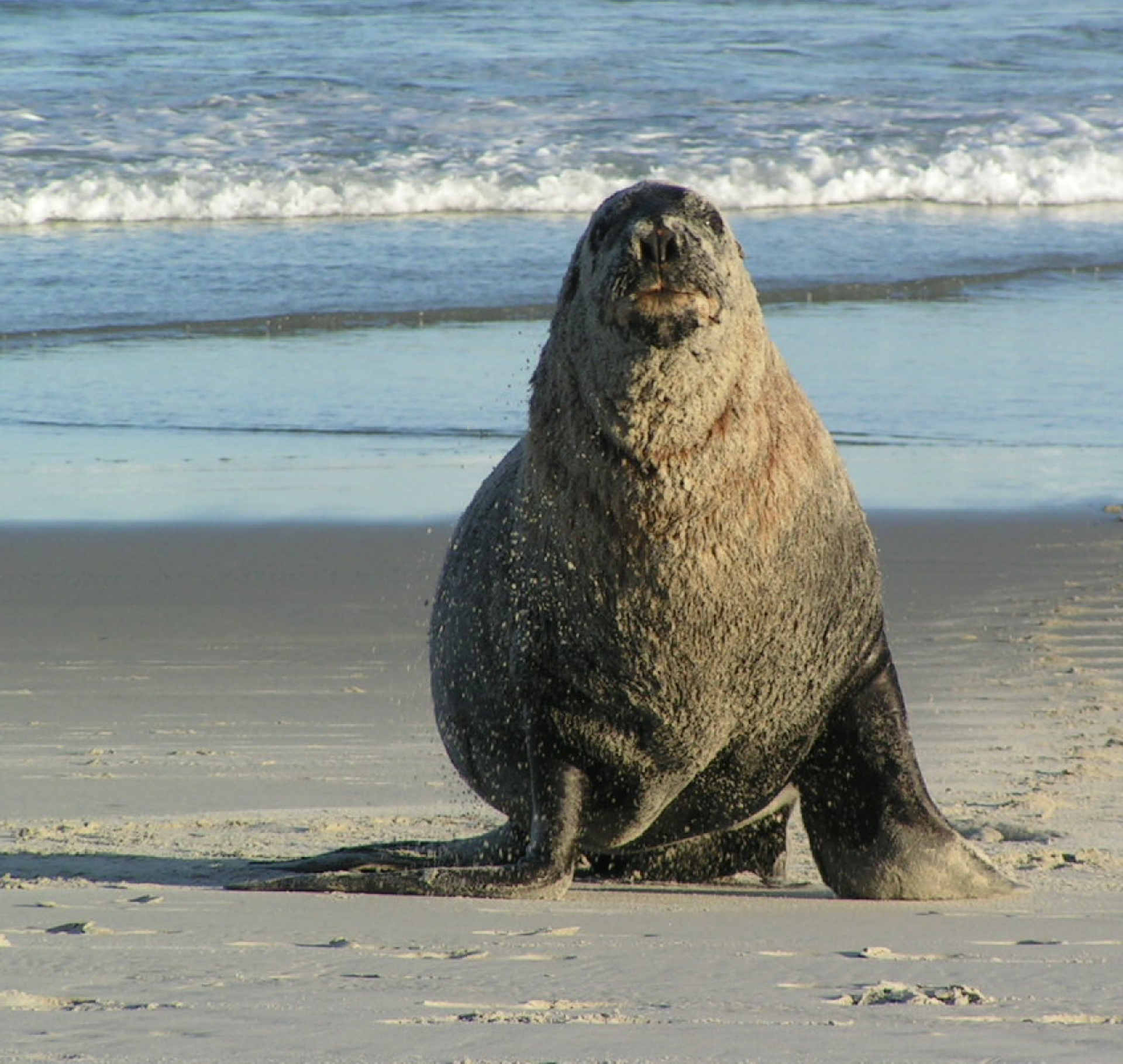

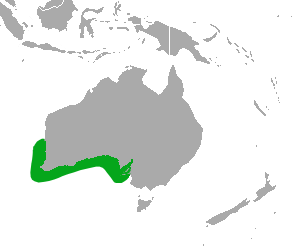 only endemic pinniped found in Australia.
only endemic pinniped found in Australia.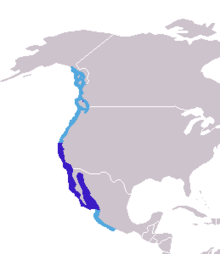 the west coast of north America. On this map, the navy blue marks the breeding rance, while the light blue shows the total range that they can be found in. It should be noted, that previously the Japanese and Galapagos sealion were both considered subspecies of the Californian species, but no longer. They can stay healthy, for a time, in fresh water, and have been seen living for a while in Bonneville dam – 150 miles inland.
the west coast of north America. On this map, the navy blue marks the breeding rance, while the light blue shows the total range that they can be found in. It should be noted, that previously the Japanese and Galapagos sealion were both considered subspecies of the Californian species, but no longer. They can stay healthy, for a time, in fresh water, and have been seen living for a while in Bonneville dam – 150 miles inland.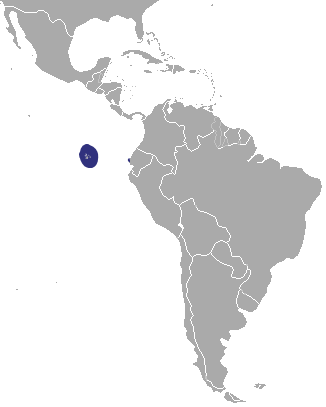 on all of the Galapagos Islands, as well as (in smaller numbers) on Isla de la Plata, which is just 40km from Puerto López a village in Ecuador. There have also been recorded sightings on the Isla del Coco which is 500km southwest of Costa Rica (and 750km from the Galapagos). These are not regular, and so have been considered vagrant. It is of course possible that historically they roamed here, but we cannot say.
on all of the Galapagos Islands, as well as (in smaller numbers) on Isla de la Plata, which is just 40km from Puerto López a village in Ecuador. There have also been recorded sightings on the Isla del Coco which is 500km southwest of Costa Rica (and 750km from the Galapagos). These are not regular, and so have been considered vagrant. It is of course possible that historically they roamed here, but we cannot say. known as the Hooker sealion) is native to south island, though before 1500 it is thought that it was also found on north island. They tend to breed on Subarctic islands of Auckland and Campbell (99% of the pups are born in these islands). In 1993, sealions started breeding on South Island again for the first time in 150 years.
known as the Hooker sealion) is native to south island, though before 1500 it is thought that it was also found on north island. They tend to breed on Subarctic islands of Auckland and Campbell (99% of the pups are born in these islands). In 1993, sealions started breeding on South Island again for the first time in 150 years.
